
Nature is ever-changing, and if you look closely, you’ll find hexagons in beehives, basalt, insect compound eyes, foam, snowflakes… Why does nature love hexagons so much?
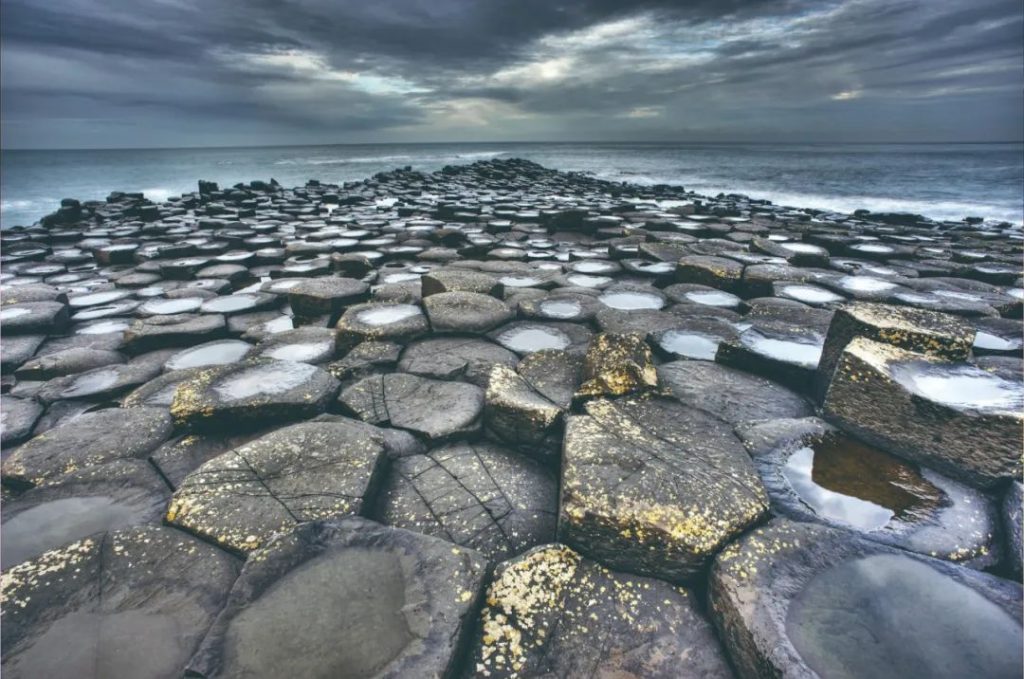
The magma from the volcanic eruption shrinks after cooling, creating cracks, which tend to be hexagonal, and finally form tightly packed hexagonal rocks, which are the most stable results achieved by the internal forces of the magma.

The turtle’s carapace is formed from different parts of the skeleton, which squeeze each other as they join, and the carapace in the middle forms a stable hexagonal structure.
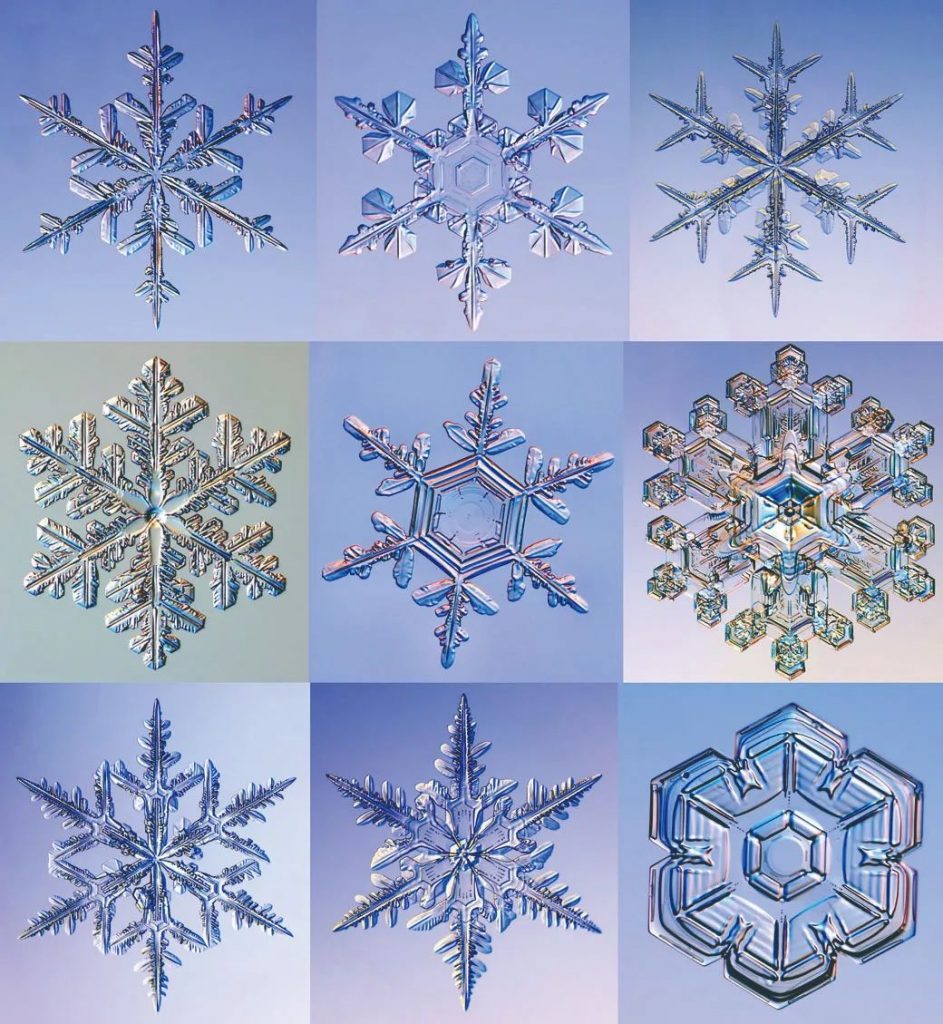
In winter, the gaseous water molecules are rearranged into a solid state due to the influence of low temperature, and are also connected to each other in the most stable structure, forming hexagonal snowflake ice crystals.
Honeycomb turns from circle to hexagon
The honeycomb is so delicately designed that some even call it an engineering marvel. It consists of many regular hexagonal cells of the same size. But bee hives weren’t hexagonal to begin with.
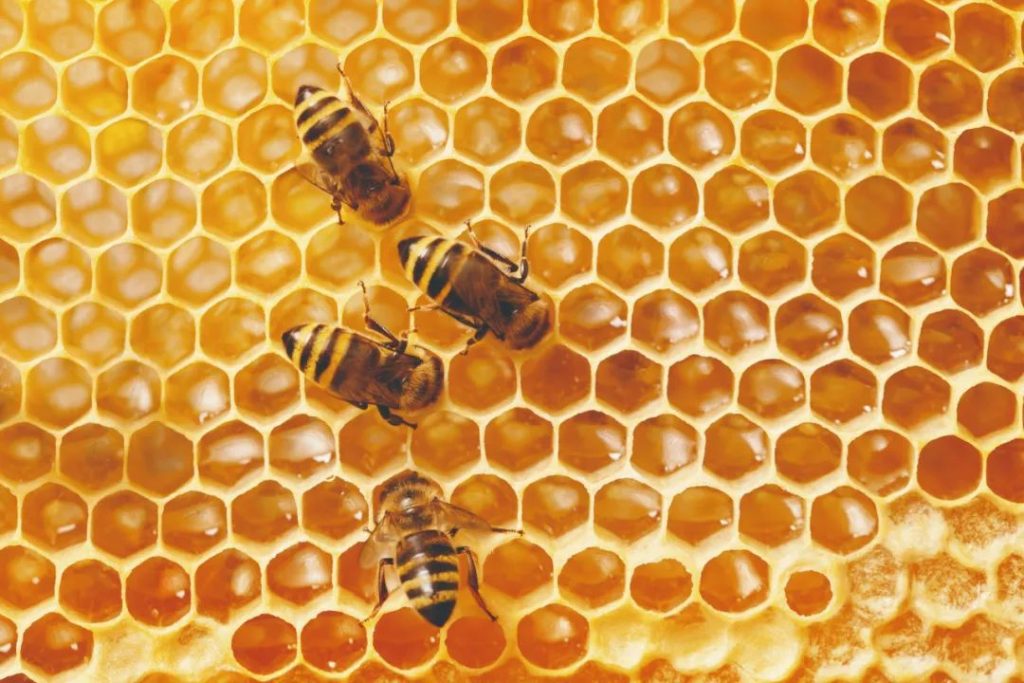
The bees secrete beeswax from the abdomen, and then build out the hive little by little, and a large number of cells are arranged in contact with each other to form a hive. At first, the hive was actually round, but it was gradually softened by the body temperature of the bees and turned into a hexagon. The real master of construction is actually nature, but why does the circular beehive end up being a hexagon instead of other shapes?
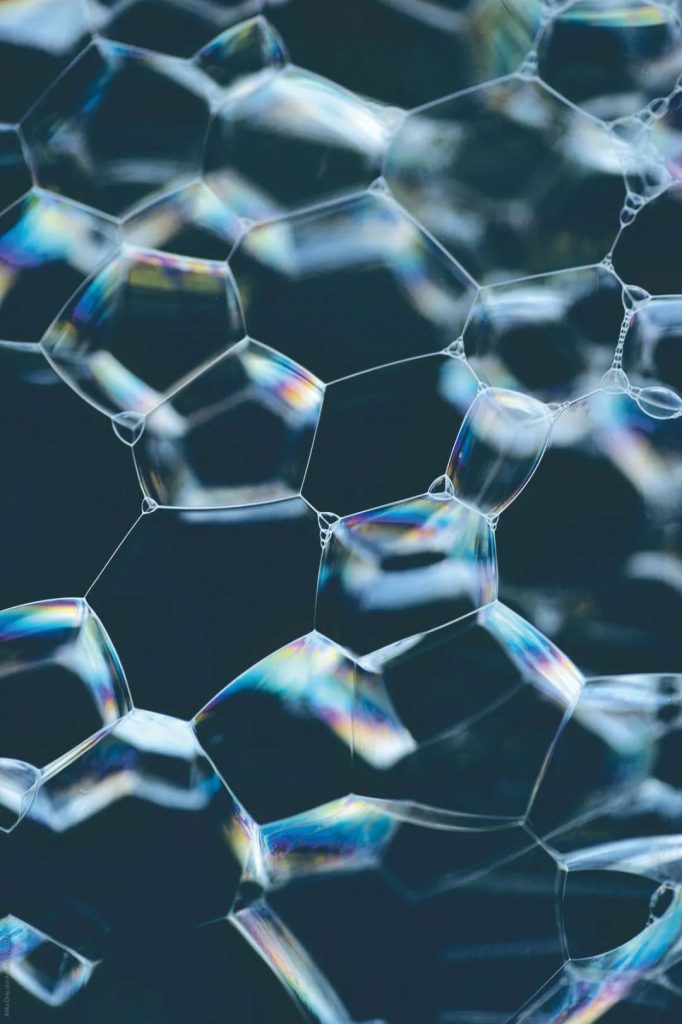
There are only equilateral triangles, squares or hexagons that are connected and tiled with identical polygons without leaving gaps. In the case of equal areas, the perimeter of a regular hexagon is the shortest.
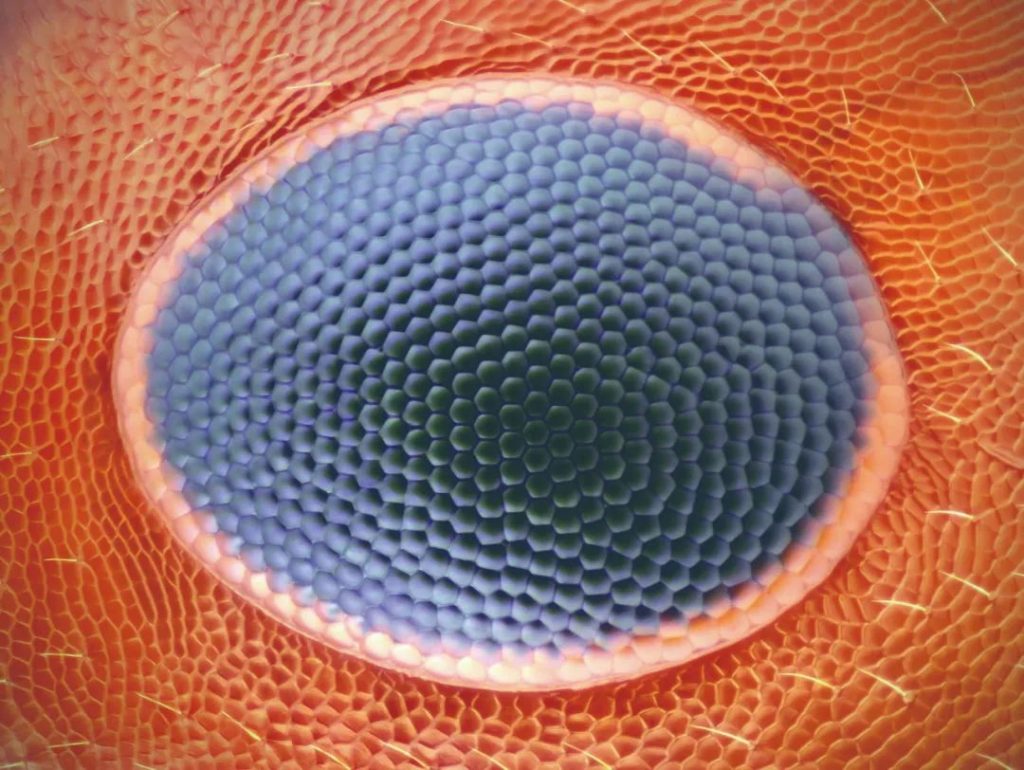
Insects require a large number of ommatidium close junctions to form compound eyes, and the hexagonal structure allows these ommatidium to remain stable during contact, while obtaining the largest visual area with the shortest ommatidium circumference.
Hexagons make the foam more stable
We can find answers in bubbles.
When many bubbles gather into a sheet of foam on the plane, you will find that some of the bubbles in the middle are squeezed into hexagons. The interior angle of the regular hexagon is 120 degrees, and the study found that the connection angle of 120 degrees is the most stable mechanical structure. When multiple bubbles are in contact, they squeeze and stretch each other, and finally form the most stable shape, that is, a hexagon with an interior angle of 120 degrees.
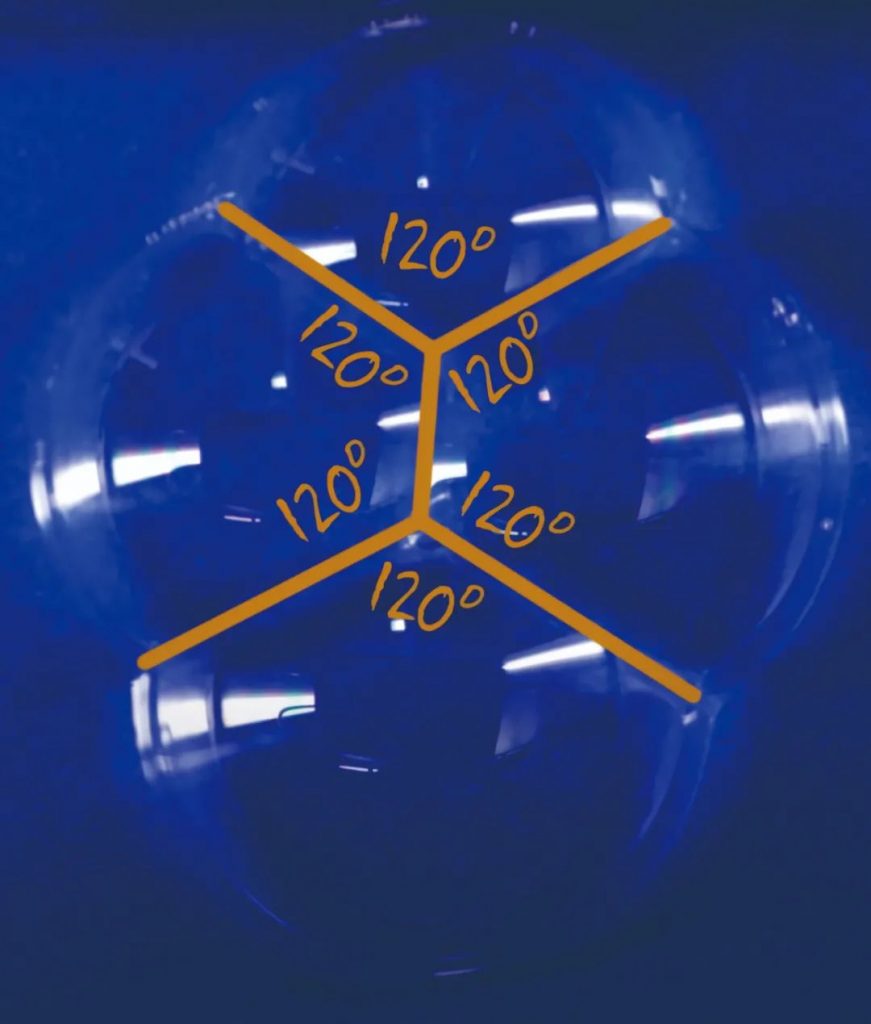
The same is true for honeycombs, the softened circular cells are like bubbles, stretched and squeezed against each other as they touch each other, and eventually stabilize, forming hexagonal cells.
Comments